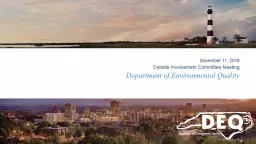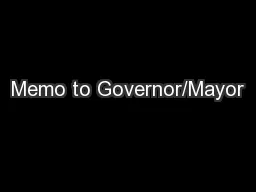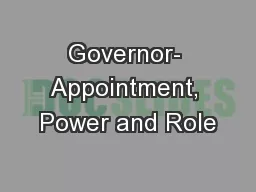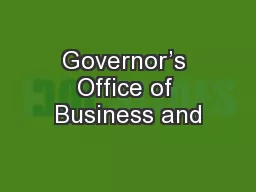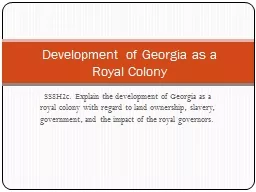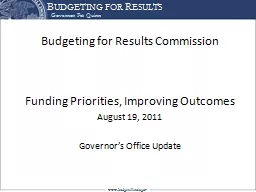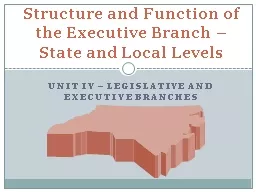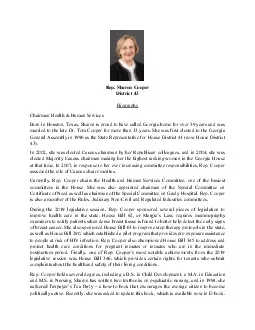PPT-Overview of Governor Cooper’s Executive Order No. 80:
Author : ellena-manuel | Published Date : 2019-11-21
Overview of Governor Coopers Executive Order No 80 NCs Commitment to Address Climate Change and Transition to a Clean Energy Economy January 10 2019 Environmental
Presentation Embed Code
Download Presentation
Download Presentation The PPT/PDF document "Overview of Governor Cooper’s Executiv..." is the property of its rightful owner. Permission is granted to download and print the materials on this website for personal, non-commercial use only, and to display it on your personal computer provided you do not modify the materials and that you retain all copyright notices contained in the materials. By downloading content from our website, you accept the terms of this agreement.
Overview of Governor Cooper’s Executive Order No. 80:: Transcript
Download Rules Of Document
"Overview of Governor Cooper’s Executive Order No. 80:"The content belongs to its owner. You may download and print it for personal use, without modification, and keep all copyright notices. By downloading, you agree to these terms.
Related Documents

